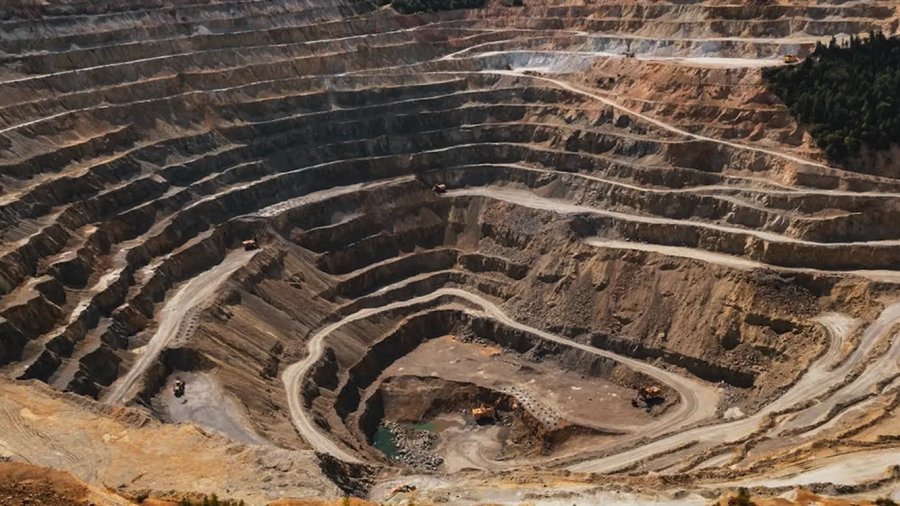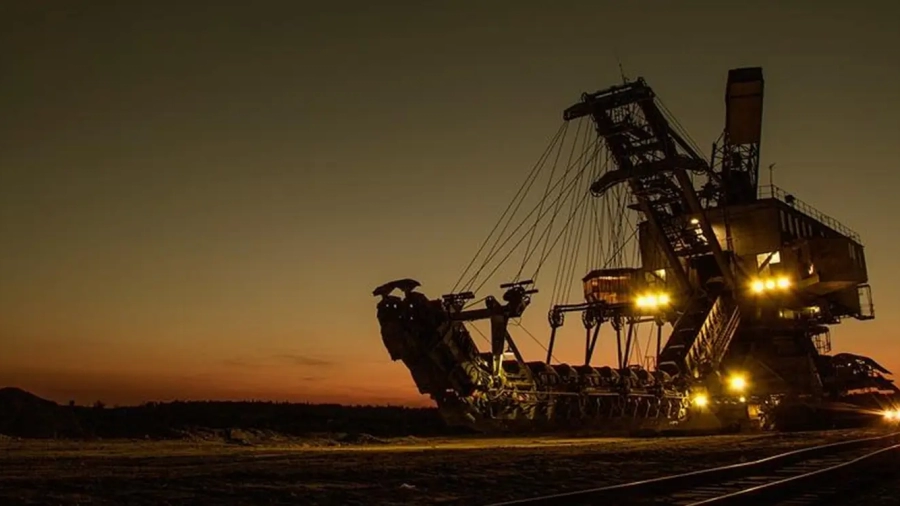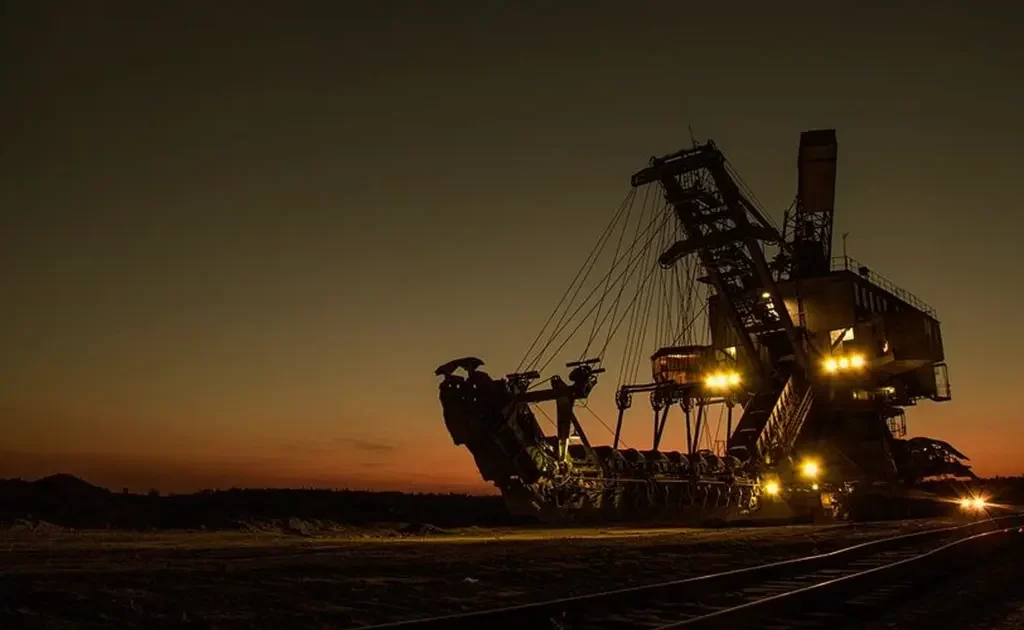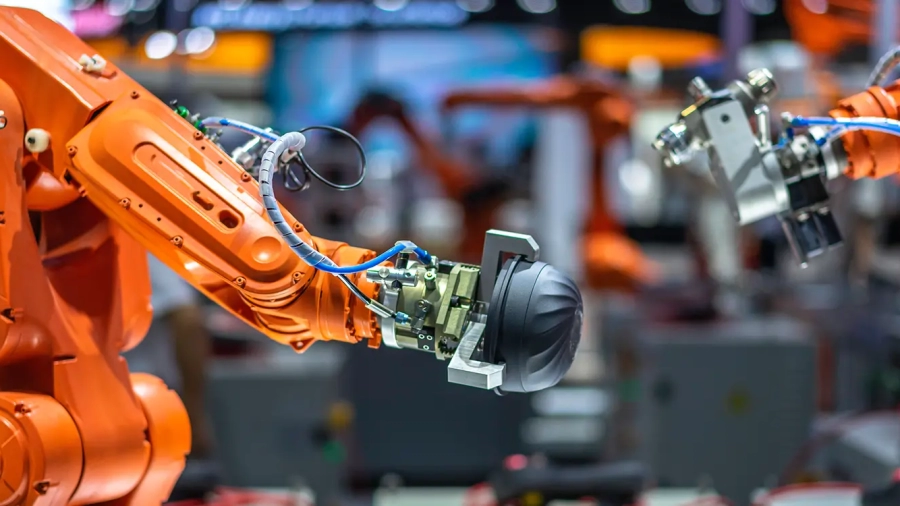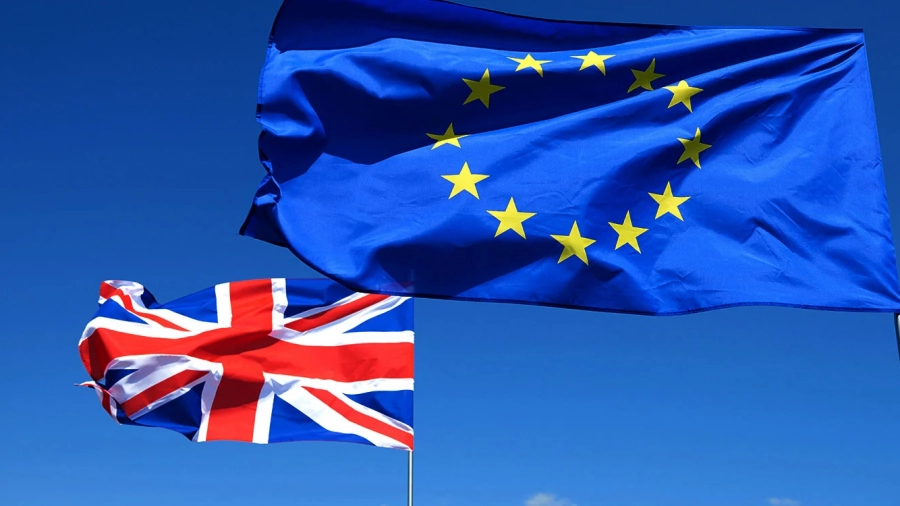A young and affordable labour force, massive untapped energy reserves, over 40% of global battery metal reserves, and 40% of the world’s gold resources are just four reasons Africa is the ideal destination for junior energy and metal mining companies. Local or international senior players already dominate most mature energy and metal-rich regions.
Top oil production companies in Saudi Arabia, the US, Russia and Australia’s largest iron mining companies are local/state-owned. However, the pattern is different in underdeveloped regions.
The State of Energy and Mining Industry in Africa
Despite being an incredibly resource-rich region, Africa’s energy and mining sectors are underdeveloped, though some countries are ahead on the industrialization curve more than others.
Lack of infrastructure, industrialization, skilled labour, financial resources, and political stability have been the classical reasons behind the locally-controlled energy and mining sector. Add security to the equation, and it’s easy to see why major energy and mining companies have yet to leverage African resources fully. However, it has expedited now (in the pursuit of battery metal). Still, foreign companies dominate the African energy and mining industries.
● Except for one or two state-owned companies, most African oil and gas leaders are foreign.
●The ten largest gold mines in Africa are partially or wholly owned by foreign companies, predominantly Canada, US, and UK.
●International players like Glencore control most of the Democratic Republic of Congo’s cobalt mines. The Democratic Republic of Congo (DRC) is responsible for about 70% of the world’s cobalt supply.
In conclusion, international giants control most of Africa’s discovered and developed energy and metal resources. However, most African resources are still untapped, presenting many opportunities to junior energy and mining companies (that tend to be more flexible and agile) around the globe.
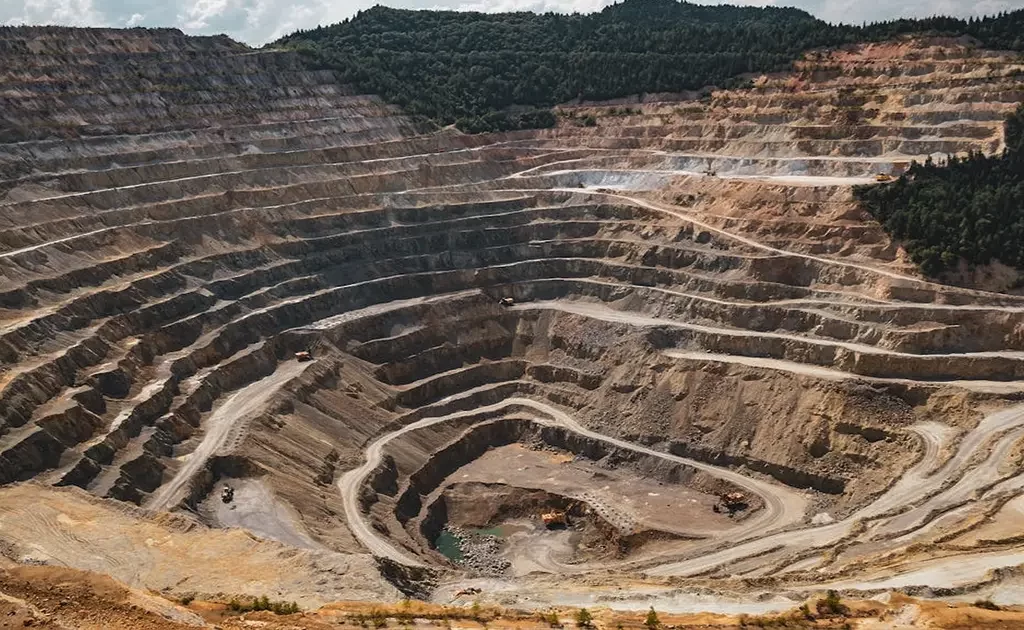
Why Is Africa The Next Industrial Playground And Investment Destination For Junior Energy And Mining Companies?
●Geographic and asset diversity can be a boon for junior energy and mining companies in Africa. With so many choices, they can start their asset portfolio with resources that promise the best ROI. The geographical diversity of energy and metal resources can help these companies choose the best cultural, linguistic, or logistical fit.
●Unlike significant energy and mining firms whose reputation (good or bad) precedes them and prevents them from achieving healthy local/community integration, junior companies can follow a community-first approach to put down roots in the country/region they are operating in. This forestalls security and legal issues, which may threaten the company’s long-term profitability.
●By choosing the correct African country to operate in, an energy or mining company can significantly reduce its tax liability (via low rates or tax breaks).
●Environmentally conscious energy practices, good profit-sharing deals with the local governments, and infrastructure development may help junior producers access adversarial markets against senior producers.
●Africa accounts for more than 40% of the world’s battery metal reserves, especially cobalt (the main constituent of Li-ion batteries), making it a crucial link in the EV supply chain. Junior mining companies capable of low-cost production of battery metals might see exceptional ROIs.
With the right plan and strategy, junior energy and mining companies can start operating in Africa at a fraction of the cost of running the same operations in mature and highly-regulated markets. Proximity to significant consumers like China and India and low-cost labour may also contribute to high ROIs.

